


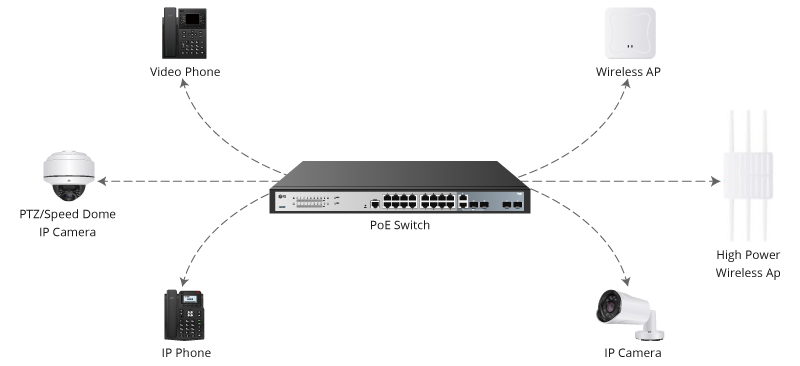

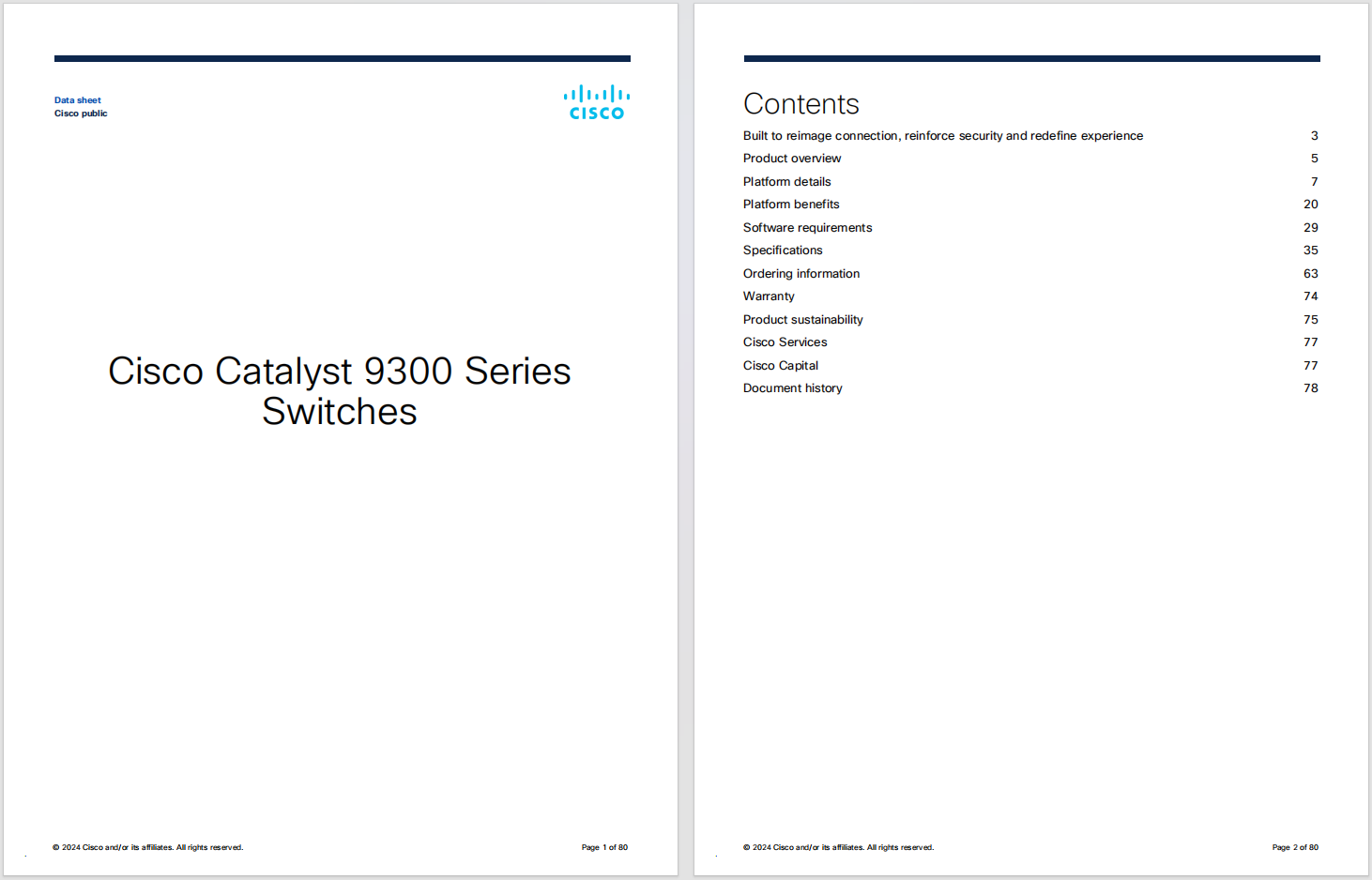



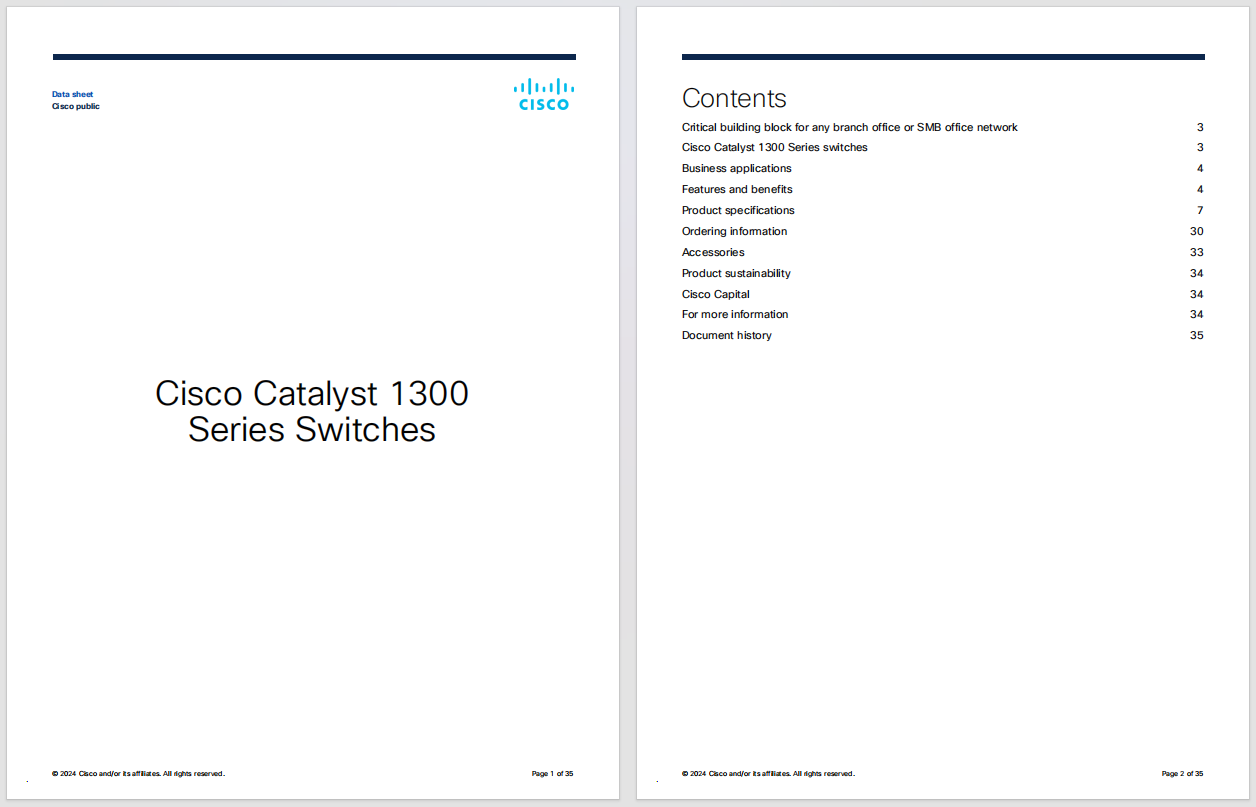





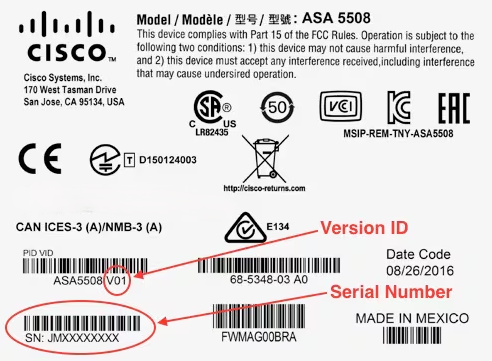




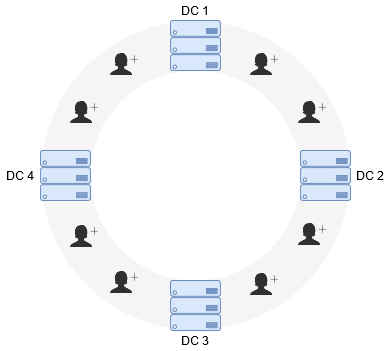
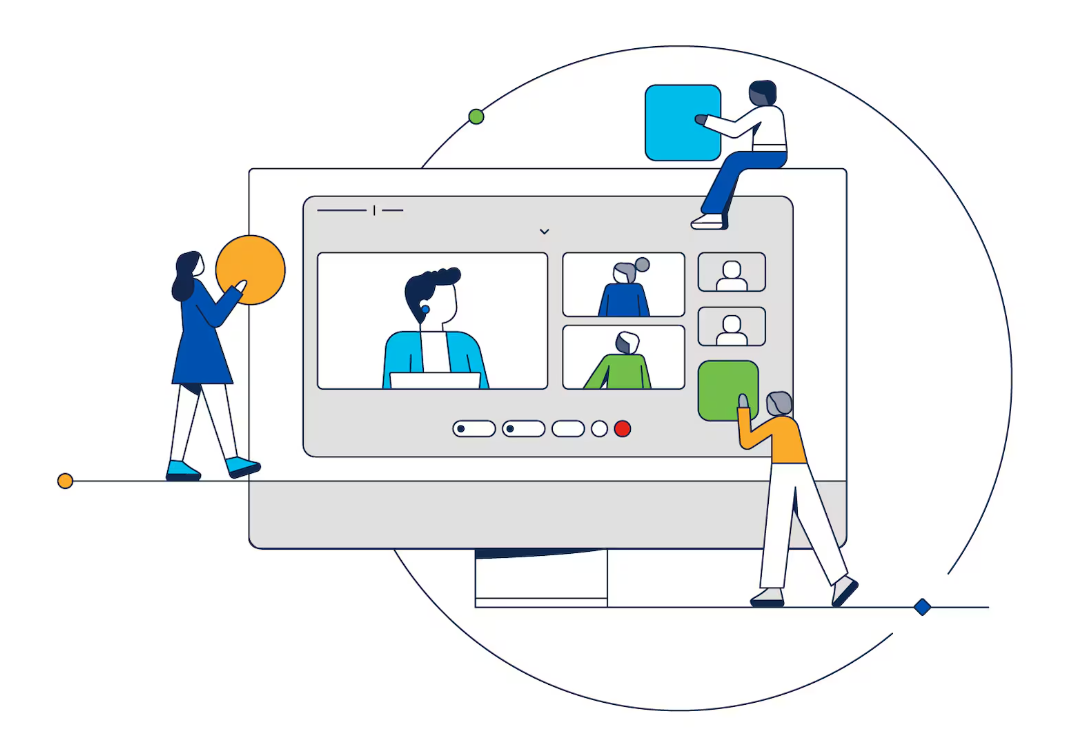




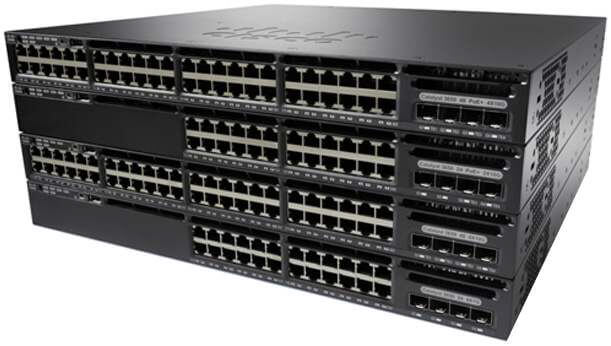
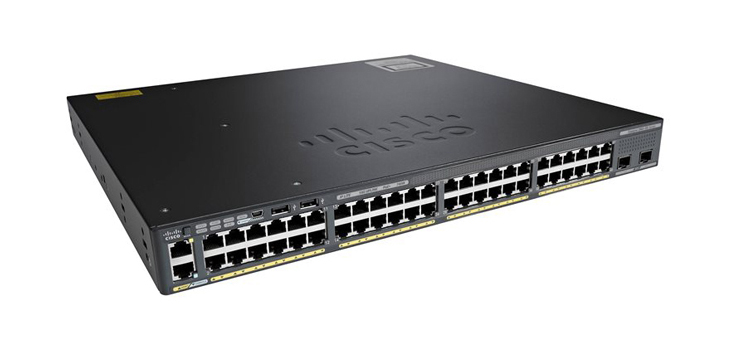

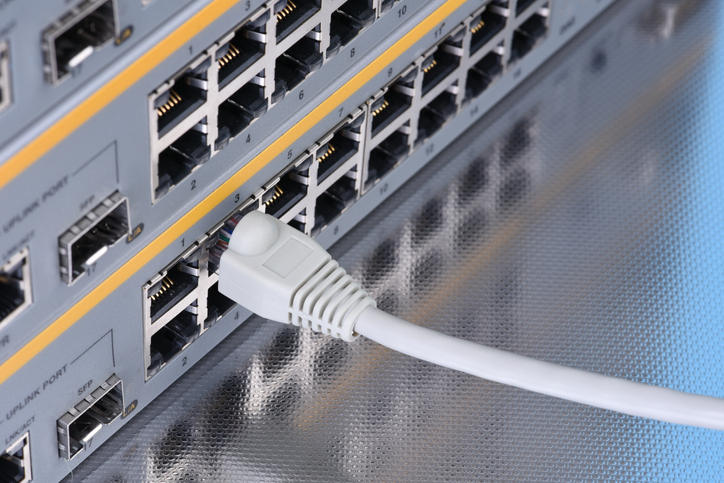

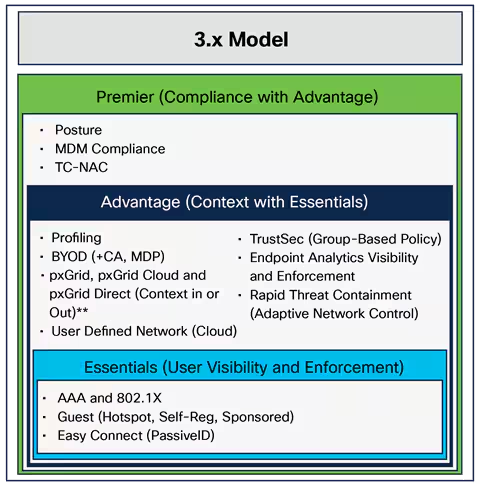
 There is no denying the changing role of IT. The traditional govern and build approach is too slow for the new world of cloud and mobile computing. IT departments, who once carefully metered out which services they would offer and how they would be delivered, are now being led by a completely new set of drivers.
There is no denying the changing role of IT. The traditional govern and build approach is too slow for the new world of cloud and mobile computing. IT departments, who once carefully metered out which services they would offer and how they would be delivered, are now being led by a completely new set of drivers.
The model has been upended: employees and customers now decide by proxy what they want and it falls upon IT to scramble and deliver it instantly. These days the face of the technologist is your average high school student, retail shopper, hotel guest, hospital patient, and even branch office employee. This "consumerization of IT" has transformed these beings into powerful, roaming, high-octane data seekers assuming connectivity at all times. In essence, they expect access to any application on any device from anywhere witha high quality experience.
Even more challenging, with bring-your-own-device and software-as-a-service growing in popularity, 78% of IT decision makers have experience the business rolling out applications without IT. This is problematic, because it introduces a level of anarchy into a part of the business that must be managed with the highest standards of security, reliability and performance.
All these issues only highlight the point that the network is more relevant than ever. So while IT faces their greatest challenge, they also face their biggest opportunity to take a more strategic role in the business. In fact, different lines of business within the enterprise know that having a closer connection with the these new technologists (i.e., end users) will lead to better business. As a result, they have become major advocates for their connectivity. Nowhere is this being played out with more impact than the branch office.
For IT, this becomes shifting sands type of problem -network challenges are rapidly and constantly changing. Migration to cloud has resulted in a loss of visibility and control. Some are throwing bandwidth at the problem and others are strategically deploying point solutions to resolve network limitations, but in all cases the network is growing in complexity.
Ultimately, IT needs to do more with less. The ever-increasing appetite for bandwidth, more and more cloud based applications and the premium cost for dedicated WAN connectivity are straining the traditional branch office architecture.
First, IT budgets are tending to remain flat or even declining, and yet demands continue to be on the rise. To tackle the primary problem of cost, some business have replaced one of their MPLS dedicated links to their branch office to broadband are realizing significant savings -typically up to a 45% reduction in business-class connectivity costs in the United States and more for basic broadband. Outside the United States, the savings are even grater. I've heard of one company that replaced a dedicated$35,000 per month international MPLS line in the Mideast to a business internet line that cost$600 a month. Imagine that savings multiple for a company with 20 branch offices or 200 retail stores.
Second, doing more with less inevitably introduces complexity. The Internet in lieu of MPLS scenario mentioned above comes with a set of challenges onto itself, namely management. With the sheer number of devices, on various operating systems, all running more and more applications, the problem can quickly become overwhelming. It now becomes imperative that the flood of traffic originating at the edge be effectively and efficiently routed on to the correct path to take advantage of lower cost connections. When the majority of this mobile traffic is cloud bound, why bother hauling it back to the data center? When the traffic is mission critical, why trust it on Internet when you have a more secure connection?
Therefore, the next generation branch will need to utilize an intelligent WAN (IWAN) to take these challenges head on with IT simplicity, our second key priority for IT. Today's IT organization spends a large portion of resources with management, ultimately keeping the lights on. IT needs more powerful tools for change management, faster roll out, troubleshooting in minutes and more. Using the components of performance routing, deep applications visibility and optimization services, IWAN enables enterprises to connect their branch offices with less bandwidth without forging quality or security. And, it provides the critical tools to help IT reallocate precious resources to more strategic roles.
Last, and perhaps the most compelling aspects of this connectivity, is that it is being driven by forces eyeing, not the bottom line, but rather the top line revenue. Companies have realized the real opportunity lies with abstracting business intelligence from the network to personalize services and understand your customers better that ultimately allow you to engage in new ways an grow top line revenue. Here, the next generation branch now also becomes an edge level source for interaction to all this rich data. Mobile users now can provide specific data on their place, time and usage. They can also consume information based on the same pertinent variables. This allows for an unprecedented level of communication and data analysis happening at the branch level.
In the simple case of a retail store, a mobile user providing you his location could in return receive a way finding solution on his device. When the customer provides her individual mobile signature, she could in return receive communication welcoming her to the store and providing her with a promotion tailored to her individual taste. Cisco has begun this journey with several customers using our Connected Mobile Experiences solution.
This level of interaction transforms the connectivity of a branch location from merely an IT function to a top line revenue impacting priority. Creating the next generation branch that has the ability to incorporate these new solutions will not only be crucial for IT but more importantly for marketing, sales and operations. This is really IT's opportunity to become a hero for business.
If you are looking to help your organization to capture this new opportunity, join our webinar November 20th -3 Ways to Increase IT Impact on the Business -when TechWise TV's Robb Boyd will host industry experts Zeus Kerravala, Principal Analyst at ZK Research, Hugo Vliegen, Director of Enterprise Networks Product Management at Cisco and Brian Robertson, Senior Manager of Enterprise Networks Marketing at Cisco, for a forward looking discussion on how you and your organization can create true business significance by adopting the principles of the new generation of the branch office.
 Hot Tags :
BYOD
ROUTERS
IWAN
TechWiseTV
Intelligent WAN
webinar
zeus kerravala
branch IT
Hot Tags :
BYOD
ROUTERS
IWAN
TechWiseTV
Intelligent WAN
webinar
zeus kerravala
branch IT